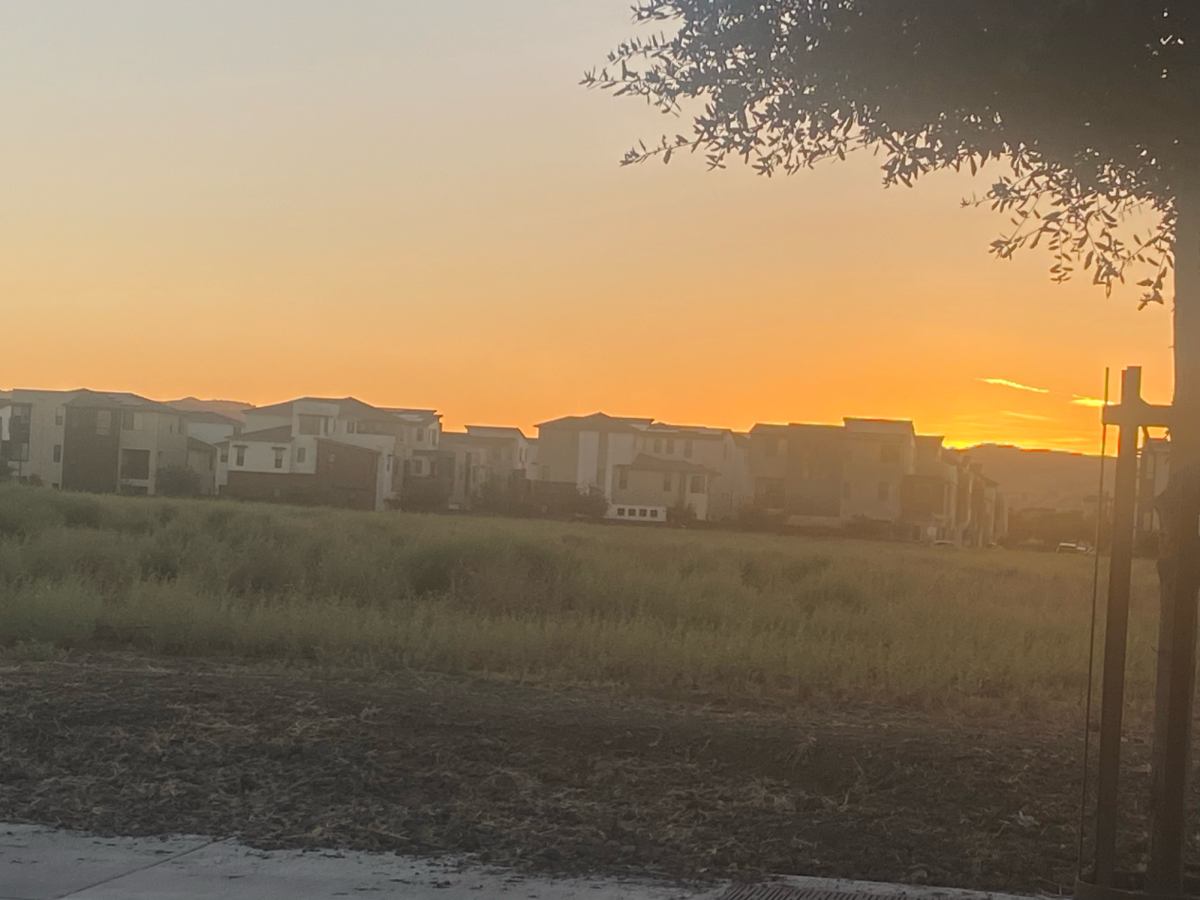Following the construction of the Iron Horse Trail Bridge Overcrossing in October of 2023, the City of Dublin has now engaged to build a new Iron Horse Nature Park adjacent to the trail. A thin strip of land bounded by homes on either side, the park’s land will span 12 acres from the border of San Ramon to the confluence of the Alamo and South San Ramon Creeks, south of Amador Valley Boulevard. Currently, only Phase 1 of the project has been put into effect, which will produce a new trail, benches, seat wall, bike rack, bike repair station, waste containers, shade structure, and interpretive signage to educate park visitors on the park’s oak trees, wetland areas, and history of the former railroad line through the site. Construction of the site is already underway and is projected to be completed in late fall of this year.
The development of the park comes amid a slew of other infrastructural projects in the city aimed at accommodating Dublin’s swelling population. With an estimated $3.5 million to $4 million invested in the undertaking, the project represents another attempt of Dublin to reckon with increasing migration into the city. However, this is problematic to many who contend that this development values population growth at the expense of natural protection.
“Stop destroying nature for more things—leave it alone. We’ve already lost so much of our green,” says an anonymous Dublin High student who has lived in Dublin their entire life.
The student continues by articulating the harmful implications of this development.
“I think they’re building too much, like, genuinely. I think we already have enough buildings and Dublin’s only growing bigger and bigger. It’s going to encourage growth and there’s going to be less space and there’s going to be less of what makes Dublin what it is—how green it is.”
The student’s concerns reflect broader preoccupations of the greater Dublin community: freeway congestion, rising housing costs, and, the cause of these concerns, population growth. Indeed, a recent 2023 survey, which questioned 438 Dublin residents in May of 2023, found that these considerations related to growth trumped all other concerns of the Dublin community—beating out other notable civic concerns such as crime. According to the survey, these concerns stem largely from “proximity to jobs and access to higher education,” among other conveniences. In this way, the development of a new park, a notable public convenience, may only give rise to further—problematic—population growth in the city.
“It does not surprise me,” the same Dublin High student says of the survey results. “Those are the problems.”
In light of these concerns, the city of Dublin might consider investing in infrastructural development that enhances the city but doesn’t necessarily encourage further population growth. For example, the aforementioned survey noted resident interest in improving activities for children and teenagers, such as development of Dublin’s libraries. This approach would represent the perfect compromise between vigorous city reformers pursuing Dublin’s development and the rest of the community pursuing the same goals but seeking, too, to preserve the city they’ve cherished for years.




































